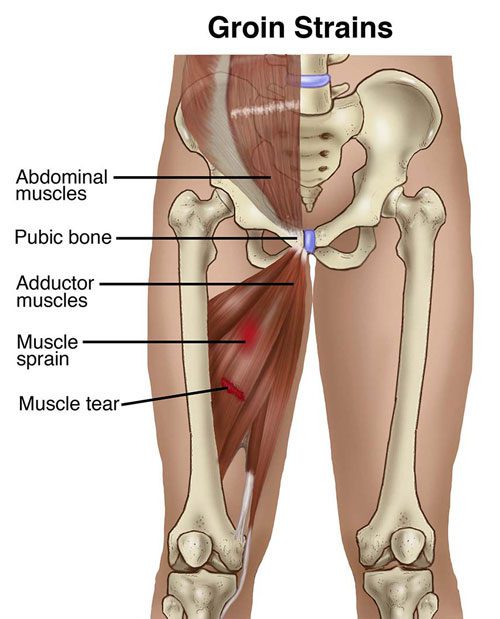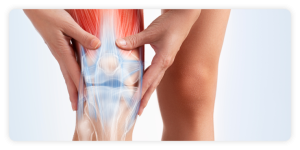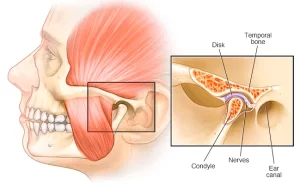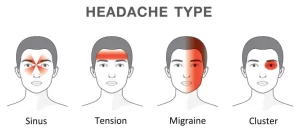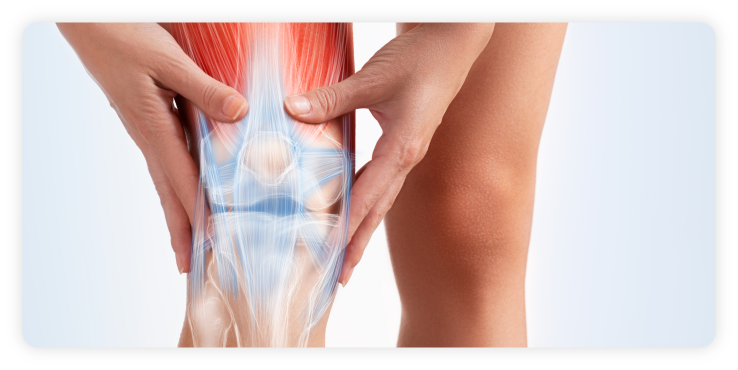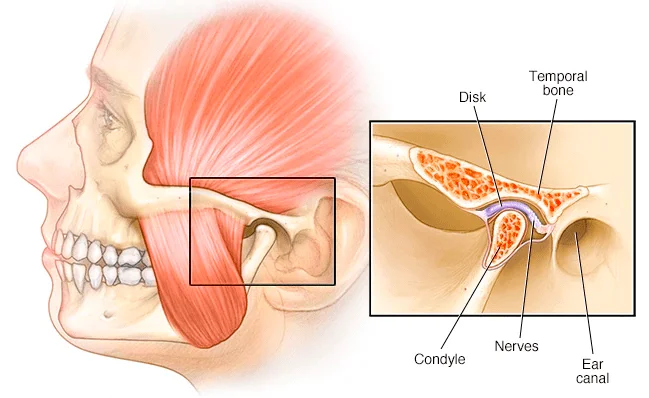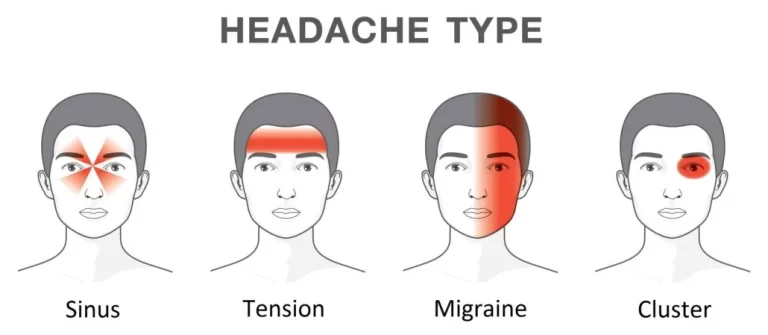What is a Groin Strain?
A Groin Strain is an injury or tear to any of the adductor muscles of the thigh. These are the muscles on the inner side of the thigh. Sudden movements usually trigger an acute groin strain, such as kicking, twisting to change direction while running, or jumping. Athletes such as runners, soccer players, and hockey players are most at risk for this injury.
Causes of Groin Strain?
Groin Strain is often caused by straining the adductor muscle while kicking so it is more common in the athlete’s dominant leg. It can also be caused by turning quickly while running, skating, or jumping. Movements that require the muscle to both lengthen and contract at the same time usually cause a groin strain. This puts stress on the muscle and can lead it to overstretch or tear. Although sports are the most common cause, Groin Strain can also occur from falling, lifting heavy objects, and other types of exercise such as resistance training. Any overuse of a muscle can lead to a long-term strain. Seeking care from a chiropractor in Singapore may help with assessment and guide recovery strategies.
Degrees of Groin Strain
There are three degrees of Groin Strains. A grade 1 Groin Strain occurs when the muscle is overstretched or torn, damaging up to 5 percent of the muscle fibers. One may be able to walk without pain, but running, jumping, kicking, or stretching may be painful. A grade 2 Groin Strain is a tear that damages a significant percentage of the muscle fibers. This might be painful enough to make walking difficult. It will be painful to bring the thighs together. A grade 3 Groin Strain is a tear that goes through most or all of the muscle or tendon. This usually causes sudden severe pain at the time when it happens. Using the injured muscle at all will be painful. There is usually significant swelling and bruising. A gap in the muscle when touching the injury may be felt.
Symptoms of Groin Strain
Symptoms of Groin Strain can range from mild to severe, depending on the degree of the injury. They can include pain that is usually felt in the inner thigh but located anywhere from the hip to the knee, decreased strength in the upper leg, swelling, bruising, difficulty walking or running without pain, and snapping sound at the moment of injury.
Groin Strain Treatment
Physical therapy is often recommended for treating Groin Strain. The goal is to avoid pain by choosing pain-free exercises, limiting the duration of exercise, and limiting stretching and resistive forces to the healing muscle. Treatment will include manual therapy,Cryotherapy as well as gentle and appropriate exercises to restore hip range of motion and strength. Exercises to reform the healing scar tissues so that the healing fiber tears are aligned in the direction of movement will be prescribed. The more serious the injury the more gentle the early exercise phase. Functional training will also be incorporated as treatment progresses. If in doubt, please seek professional advice.
Experiencing Discomfort from a Groin Strain?
Timely care can support a smoother recovery and help prevent further strain or injury. Visit our chiropractic clinic in Singapore to explore tailored options that may assist with mobility, pain relief, and rehabilitation.
Check out our popular articles: Diastasis Recti, Tight Back Muscles, Irritable Bowel Syndrome (IBS), Temporomandibular Joint (TMJ) Dysfunction, Tennis Elbow, Wrist Tendon Injury, Sciatica, Whiplash, Hernia, Herniated Disc (Slipped Disc).
